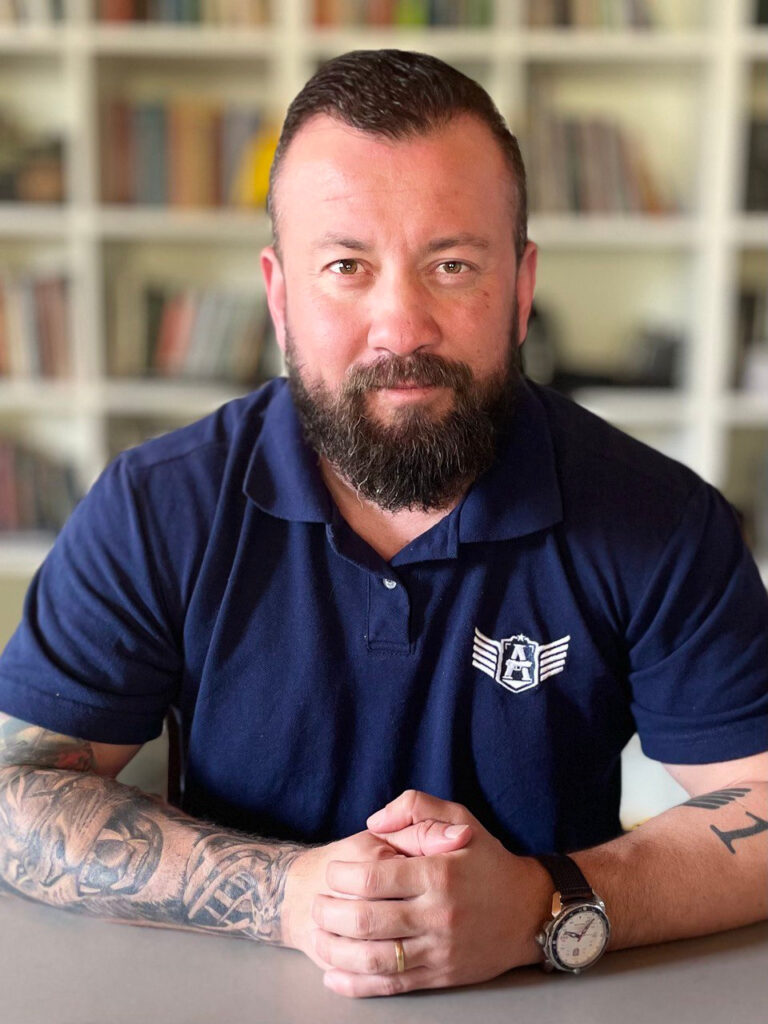
While the theme of “knives” is addressed in various distinct martial arts, it is in Filipino martial arts where it is more extensively studied and perhaps taken more seriously. Risking displeasing a significant portion of our readers, I also need to say that it is with these martial arts that the practitioner is likely to achieve their highest performance, provided, of course, they are well taught and trained.
The significant difference in Filipino martial arts compared to other martial arts in this regard lies in the fluidity of their movements: while practitioners often perform rehearsed movements (attack me like this, and I’ll defend like this), the kalipi (Kali practitioner) is encouraged exactly in the opposite way: vary, surprise. This generates important stimuli for their training partner, who progressively approaches excellence.
However, not everything is rosy in the world of knife combat. With the aim of developing motor patterns, gurus (Kali instructors) have developed drills to practice specific movements, which approach but do not confuse with traditional knife exercises (attack me like this, and I’ll defend like this). When well applied, these drills and their variations are exceptional learning methods, but in practice, this is not what often happens.
Now, I draw a parallel with the world of shooting. Perhaps you have seen a shooting practitioner addicted to practicing the draw. The person makes dozens, thousands of draw movements, achieving extraordinary performances, very low times, and unparalleled accuracies. I like to say that this person has a great chance of dying in an armed encounter without even attempting to draw their weapon. Why? Lack of context. More important than drawing a weapon super fast is knowing in what context to apply that draw as safely as possible.
Similarly, practitioners of Kali, Eskrima, and Arnis de Mano worldwide get lost in the world of drills: they become excellent at choreographed movements with their training partners but perform poorly in real combat.
In both combat shooting and knife combat, instructors and students should focus their training on the ultimate goal. Drills, exercises, and repetitions are – and should always be seen as – the means, not the end.




